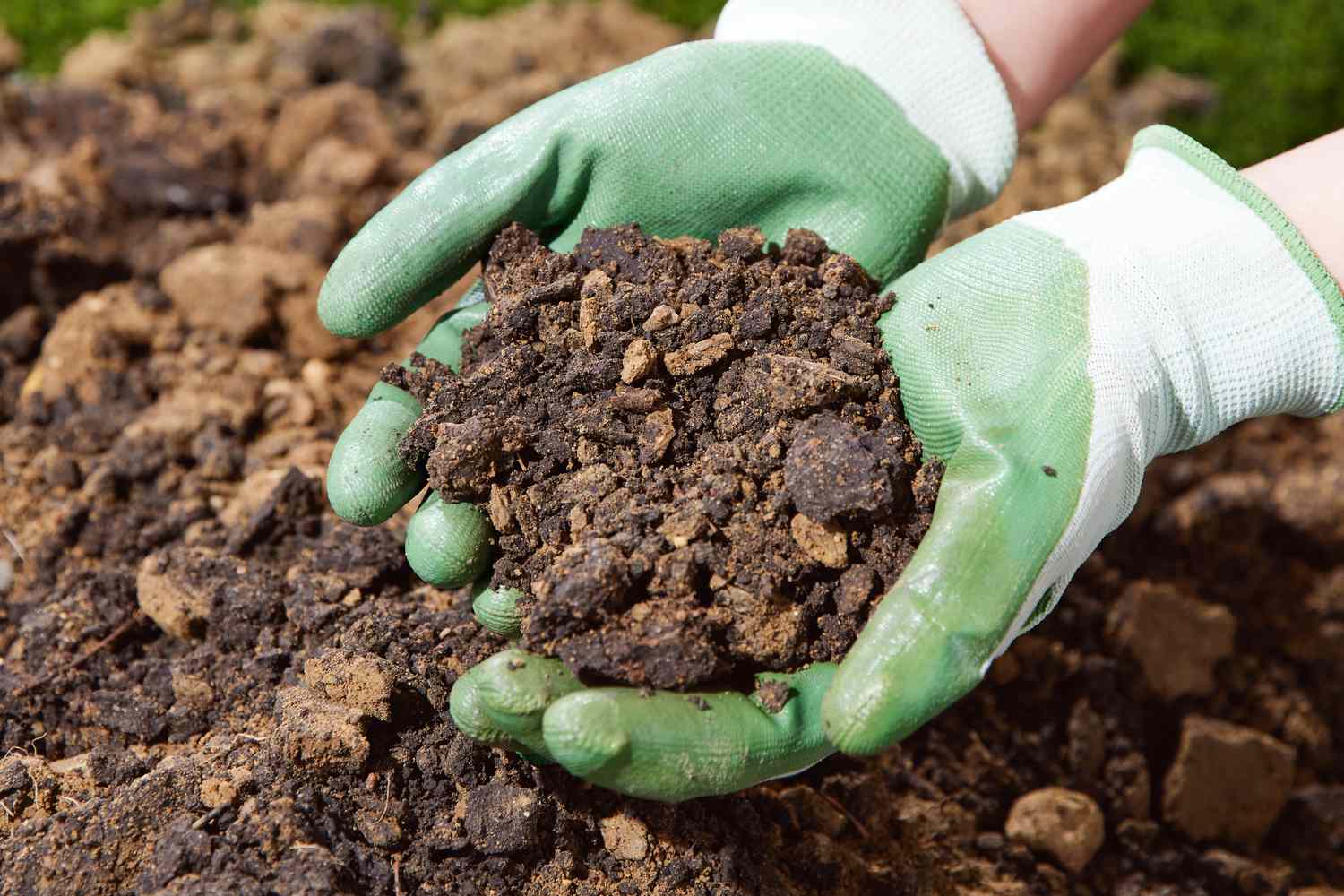Lifestyle
How to break up clay soil: Effective tips for your garden

Clay soil is known for its dense structure and poor drainage, making it challenging for gardeners to work with. However, with the right techniques, it’s possible to transform clay soil into a rich, fertile medium for plants.
This guide explores how to break up clay soil, offering practical methods to improve its texture, drainage, and overall health for better gardening results.
Understanding clay soil
Clay soil is composed of fine particles that stick together, creating a compact and heavy structure. While it can retain nutrients well, its poor drainage and aeration can stunt plant growth. Identifying whether your soil is clay is the first step toward addressing its challenges.
Characteristics of clay soil
- Retains water, leading to poor drainage.
- Feels sticky when wet and hardens when dry.
- Often has a dull, grayish appearance.
- Resists breaking apart when compacted.
Why break up clay soil?
Breaking up clay soil improves its structure, making it easier for plant roots to grow and absorb nutrients. Enhanced drainage and aeration also prevent waterlogging, reducing the risk of root rot and other plant health issues.
How to break up clay soil
Step-by-step tips:
1. Test your soil
Before breaking up clay soil, test its composition using a soil test kit. This helps determine the soil’s pH level and nutrient content, guiding your amendment process.
2. Add organic matter
Organic matter is one of the most effective ways to improve clay soil. Materials like compost, well-rotted manure, and leaf mold loosen the soil’s texture and enhance its fertility.
- Spread a layer of organic matter (2-4 inches) over the soil.
- Mix it into the top 6-12 inches of soil using a garden fork or rototiller.
- Repeat this process annually to maintain improvements.
3. Use gypsum
Gypsum is a soil amendment that can help break up heavy clay by improving its structure. It works by binding clay particles together, increasing porosity and drainage.
- Apply gypsum according to package instructions, typically 40 pounds per 1,000 square feet.
- Water the soil thoroughly to help the gypsum penetrate.
- Monitor results over several months, as gypsum takes time to show noticeable effects.
4. Aerate the soil
Aeration creates spaces for air, water, and roots to move through the soil. Manual or mechanical aerators can be used to break up compacted clay soil.
- Use a garden fork or aerator to create holes 6-12 inches deep.
- Space the holes evenly across the area to ensure uniform improvement.
- Combine aeration with organic matter for the best results.
5. Add sand with caution
While adding sand can improve drainage, mixing it with clay soil improperly may create a cement-like texture. To avoid this, always mix sand with organic matter before incorporating it into clay soil.
6. Plant cover crops
Cover crops like clover, ryegrass, or vetch can help break up clay soil naturally. Their roots penetrate the soil, improving its structure and adding organic matter when tilled back into the soil.
- Plant cover crops during the off-season.
- Allow them to grow fully before cutting and tilling them into the soil.
- Repeat this process annually for cumulative benefits.
7. Mulch the surface
Mulching helps prevent clay soil from compacting while improving its moisture retention and nutrient levels.
- Apply a 2-3 inch layer of organic mulch, such as straw, wood chips, or shredded leaves.
- Avoid piling mulch directly against plant stems to prevent rot.
- Replace mulch as needed to maintain coverage.
Long-term maintenance of clay soil
Once you’ve improved your clay soil, regular maintenance ensures it remains productive and healthy for planting.
Avoid overwatering
Clay soil holds water well, so overwatering can lead to waterlogging. Water plants are used only when necessary, and drip irrigation is used to minimize excess moisture.
Rotate crops
Rotating crops in your garden helps prevent soil depletion and maintains a balanced nutrient profile. Incorporate nitrogen-fixing plants like legumes to enhance soil health.
Test soil periodically
Periodic soil testing ensures the pH and nutrient levels remain optimal. Adjust amendments based on test results to maintain a balanced soil profile.
Benefits of breaking up clay soil
Improving clay soil offers numerous advantages for gardeners:
- Better drainage: Reduced water retention prevents root rot and other water-related issues.
- Enhanced aeration: Looser soil allows roots to breathe and absorb nutrients effectively.
- Improved fertility: Adding organic matter boosts nutrient content, supporting healthy plant growth.
- Easier tilling: Softened soil is easier to work with, saving time and effort in the garden.
Common mistakes to avoid
While learning how to break up clay soil, be mindful of these common mistakes:
- Skipping organic matter: Neglecting to add organic materials limits long-term improvements.
- Adding too much sand: Excessive sand can create a compact, concrete-like mixture.
- Ignoring soil tests: Failing to test soil can lead to improper amendments and poor results.
- Overworking wet soil: Tilling wet clay soil can worsen compaction and create clumps.
Final thoughts
Transforming clay soil into a fertile and workable medium takes time and consistent effort. By incorporating organic matter, gypsum, and proper aeration techniques, gardeners can improve the soil’s structure, drainage, and overall health.
Understanding how to break up clay soil equips you with the tools to create a thriving garden, ensuring your plants grow stronger and healthier for years to come.
